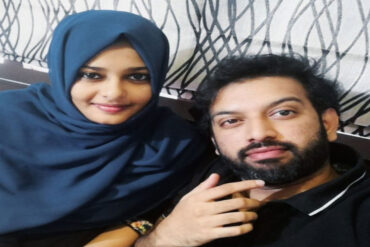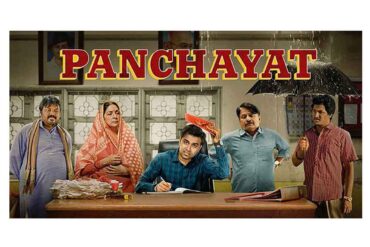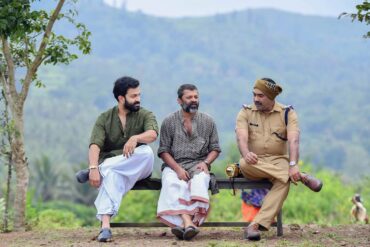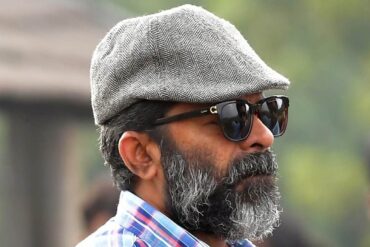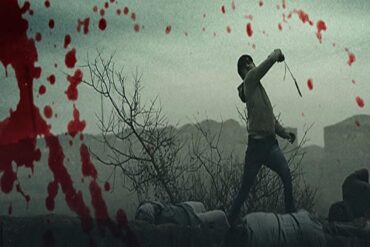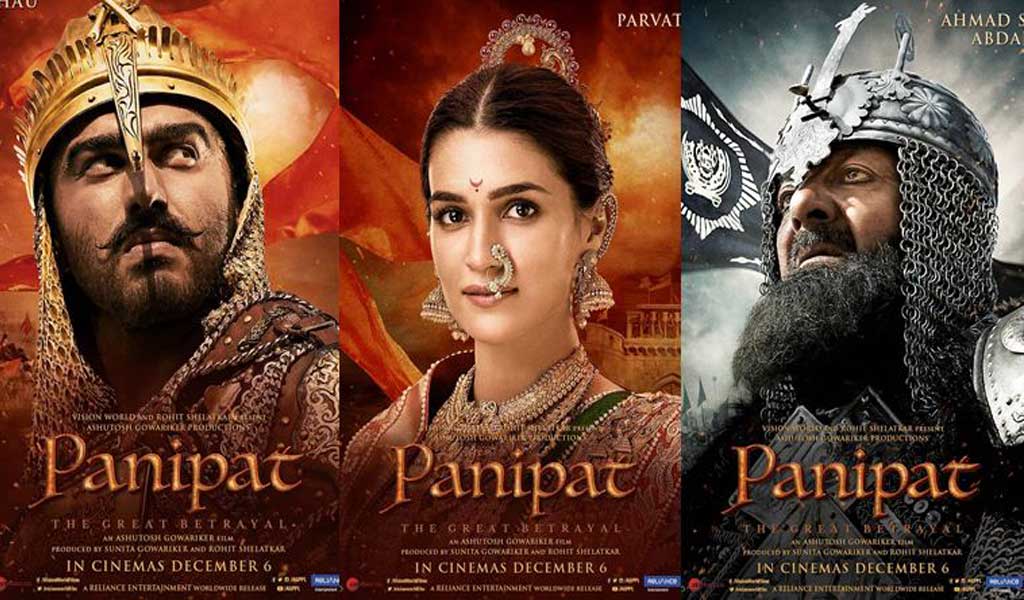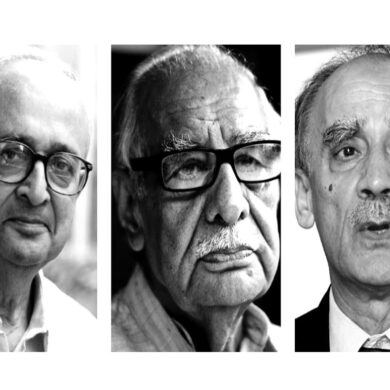It won’t be wrong to say that period films made with lavish budgets are reaching a saturation point these days—at least in Bollywood. Lots of the film-makers feel that they can cash in on the Baahubali wave. Ashutosh Gowariker, who is a pioneer in this genre, comes up with yet another magnum opus, on the third battle of Panipat.
The film is set in the 18th century, during the Maratha Empire, with Sadashiv Rao Bhau (Arjun Kapoor), nephew of Baji Rao, at the helm with his wily wife Parvati Bai (Kriti Sanon). Panic ensues when the news of Afghan king Ahmad Shah Abdali’s (Sanjay Dutt) impending invasion spreads like wild fire. The film begins prior to the war and focuses on the battle in detail.
Like many of the period films that have been released in the last couple of years, Panipat does not match the high standards set by Baahubali which has become the barometer for war films. Gowariker, who left us stunned with his execution in Lagaan and Jodhaa Akbar, clearly has been on a downward graph since the Hrithik Roshan-starrer in 2008. The films that he has done thereafter have not only tanked at the box office but also not been up to the mark in terms of quality.
Gowariker has always been a master of the war sequences and that’s probably the only major plus in Panipat. We get to see detailed sequences and strategies that were employed both by the Marathas and Afghans during the war. However, the problems that plague the film are much wider. Gowariker messes up the casting—as the role of Sadashiv Rao is just too big a burden for Arjun Kapoor, who does try hard but in vain.
Sanjay Dutt is intimidating with his physique as the Afghan invader and does create menace in most of the scenes that he is in. Kriti Sanon, as the beautiful and intelligent queen, does her part well, although her role could have had more meat. She still does have a few intense moments, including action sequences that she aces. Veteran Padmini Kolhapure, the dazzling damsel of yesteryear, is quite effective in a role that could have been longer, for she manages to create an impact.
There are many language bloopers throughout the film. The dialogues barely reflect the 18th century lingo and even allowing for cinematic liberties, this inconsistency stands out. Ashok Chakradhar, who has penned the dialogues, has definitely not put in the hard yards. The screenplay, which Gowariker has co-written with four others, is tedious. Not all period films need to be three hours long, do they?
The other issue with Panipat is the liberty it takes with historical facts. Bollywood biopics are known for its historical inaccuracies and while that might be acceptable to some extent, it’s stretched beyond that here. There is a clear intent to glorify the Marathas while the Afghans are smeared in negativity, making them the antagonists. More importantly, the allies of both camps (a crucial aspect in history) aren’t given due importance and are sidelined.
The film also gives extra screen time to the romance between Sadashiv and Parvati. The special effects are a dampener, given that we’ve seen better films in this era. The climax portions are when Panipat seems most superficial and that’s why it never manages to create an impact like the other Maratha biopic Bajirao Mastani did. That film too had factual distortions but Sanjay Leela Bhansali was bang on in his execution. .
Panipat suffers from a plethora of issues and barring the portions of war, tests your patience with a lagging screenplay. Clearly, a lot of money has been pumped into this project and actors have tried the best they could. But that does not salvage this film.

